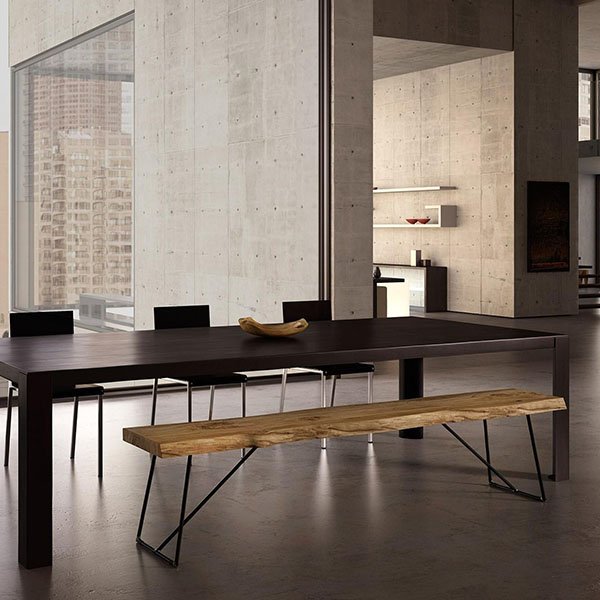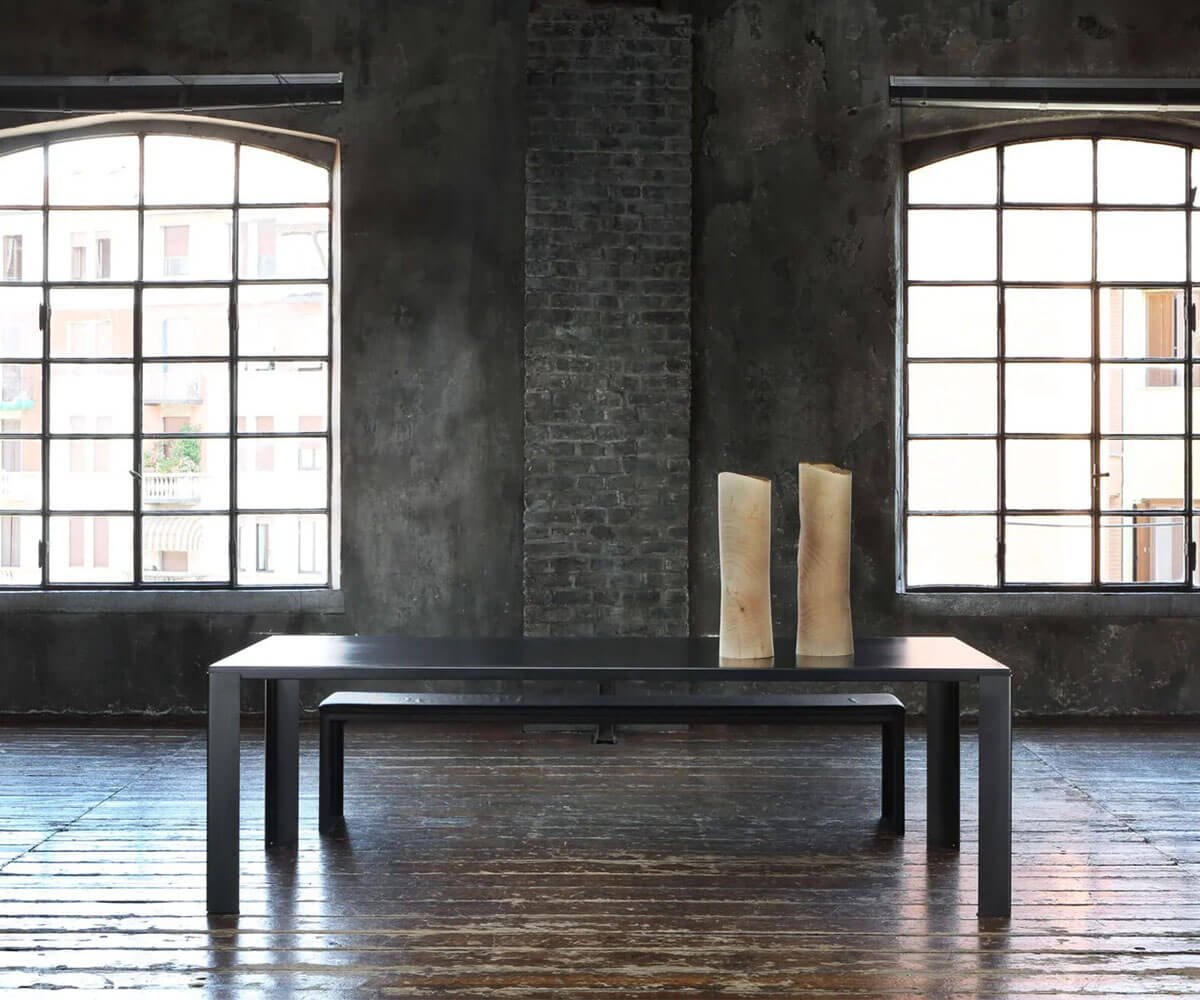Explaining the current popularity of midcentury modern design leads us back to that 30-year stretch from 1945 to 1975 — a period of extraordinary economic growth, which produced an appetite for progressive design in everything from clothing to automobiles. At the time modern furniture design was referred to as contemporary. The term ‘midcentury modern’ came into common use in the late 1990s. The strong affection for it in recent years could be linked to several cultural circumstances.
Structural transparency lies at the heart of midcentury contract furniture design. This honesty of construction appeals to our need to understand and make sense of a complicated world.
The Case Study goal was to provide inexpensive contract furniture designs executed using modern principals, though the original designs that were actually built ended up becoming prized individual examples.
An innovative use of materials allowed creative expressions of common and otherwise uninteresting elements in midcentury contract furniture design.
International-style furniture design descended directly from the European modernist movement that developed between World War I and World War II.
A similar contemporary aesthetic has developed in recent years with a great deal of influence from midcentury style. However, the forms tend to be bulky and heavy in comparison. Though a consistent dialogue has yet to be established that defines current trends in modern design, the popularity of the midcentury aesthetic remains strong.






